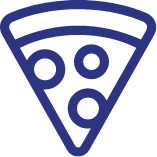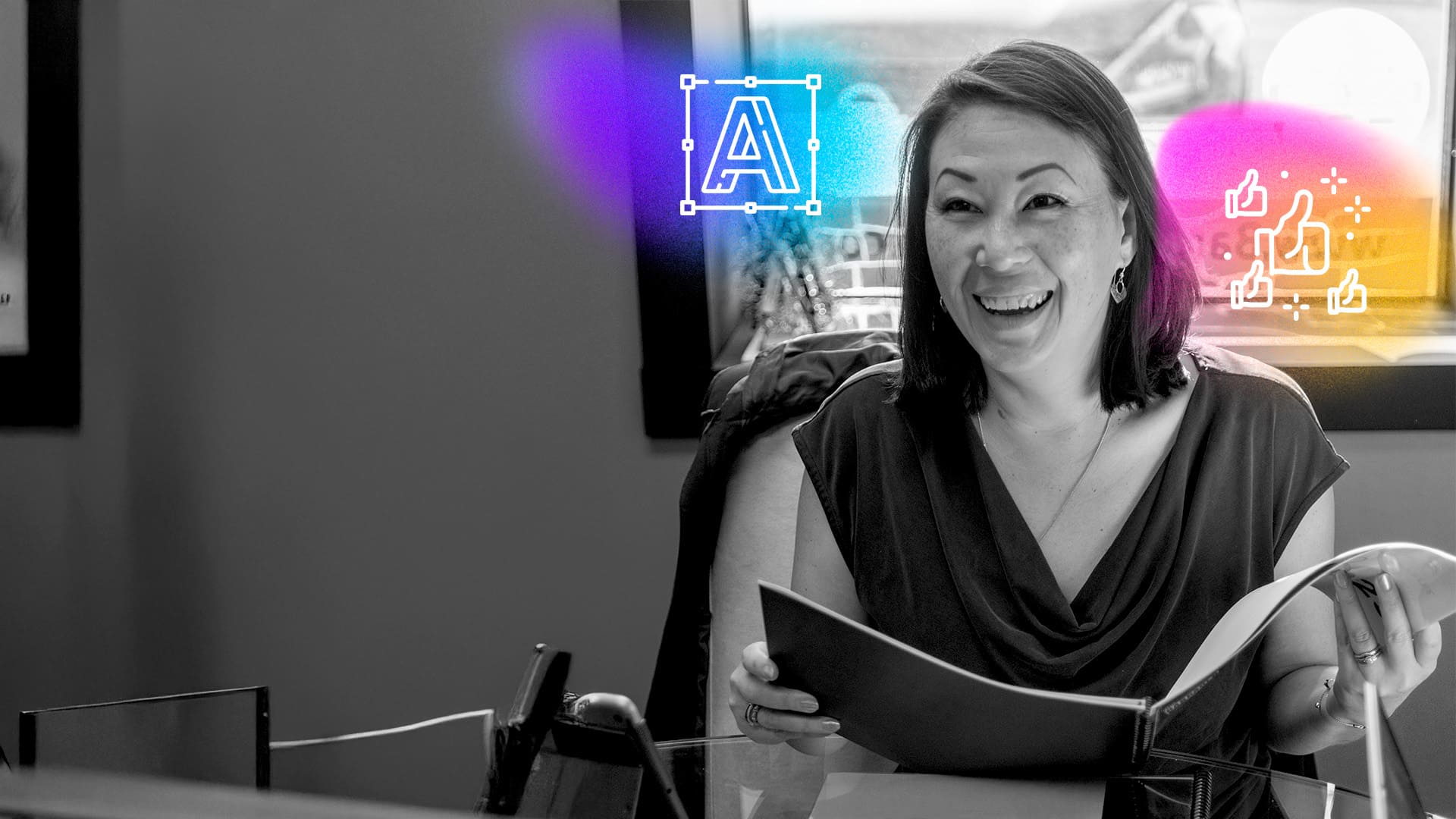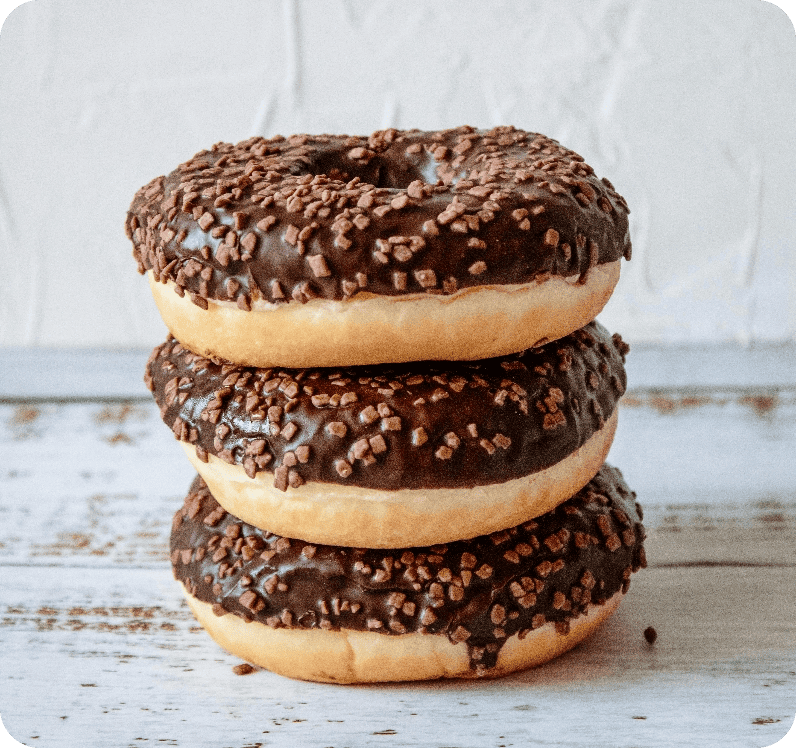WHAT’S THE DIFFERENCE AND WHEN SHOULD YOU USE EACH?Social Media Post vs. Ad:
If you’re a business owner or decision-maker trying to promote your products or services, chances are someone has told you to “do more on social media.” But what does that actually mean?
Should you just post on your page? Should you boost a post? Do you need to run a paid ad campaign?
At our agency, we often work with clients who are unsure about the difference between a social media post and a social media ad. If you’re in the same boat—don’t worry. You’re not alone, and you’re not behind.
This post is designed for anyone who may not use social media personally (Pew Research says you’re not alone) or feels unsure about digital marketing. We’ll walk you through:
- What a social media post is
- What a social media ad is
- The key differences between the two
- The pros and cons of each
- Real-world examples
- A decision-making guide for choosing the right option
Let’s start with the basics.
A social media post is content you share directly to your business’s page or profile on platforms like Facebook, Instagram, LinkedIn, or Twitter/X. It could be a photo, a video, a customer testimonial, a quote, or a simple text update.
These posts are called organic content, meaning you don’t pay for them to be shown to people. They’re shared with the people who already follow or like your page—and anyone they choose to share it with.
Think of a post like putting up a flyer in your shop window. People who walk by might notice it, especially if they already know you. But it doesn’t go out and find new people.

Examples of Social Media Posts:
A social media ad is a paid promotion you run through a platform like Facebook Ads Manager or Instagram’s Promote feature. You choose what message you want to share, who you want to see it (based on interests, location, age, behavior, etc.), and how much you’re willing to spend.
Think of a social media ad like paying to put that same flyer into the mailboxes of 5,000 people who might be interested in what you sell. It’s proactive. It puts your message in front of people who may not yet know your business.
Examples of Social Media Ads:
- Feature
- Cost
- Audience
- Purpose
- Lifespan
- Analytics
- Control
- Social Media Post
- Free
- Your followers
- Engagement, updates, community
- Short—usually 1–2 days
- Basic (likes, shares, comments)
- Limited visibility control
- Social Media Ad
- Paid
- Anyone you target
- Leads, conversions, growth
- Runs for days/weeks depending on budget
- Advanced (clicks, views, ROI)
- Full control over who sees it
REAL-LIFE SCENARIOS

SCENARIO 1: A LOCAL PIZZA SHOP
A post: Share a photo of today’s lunch special and tag the staff member who made it.
An ad: Run a special offer—”Get 10% off your first order!”—targeted to people who live within 5 miles of the shop and like pizza.

SCENARIO 2: A SMALL LAW FIRM
A post: Share a blog article about estate planning tips.
An ad: Promote a free 30-minute consultation to people aged 50+ who recently searched for “wills” or “probate.”

SCENARIO 3: A YOGA STUDIO
A post: Share photos from a recent class and a student testimonial.
An ad: Promote your intro offer to people who recently moved to the area or follow wellness pages.
A SIMPLE DECISION TREE
Not sure what to do? Use this guide:
1. IS YOUR GOAL TO ENGAGE YOUR CURRENT AUDIENCE OR REACH NEW PEOPLE?
- Engage Current Audience → Post
- Reach New People → Ad
2. DO YOU HAVE A SPECIFIC OFFER, EVENT, OR SERVICE TO PROMOTE?
- Yes → Run an Ad
- No → Use a Post
3. DO YOU WANT DETAILED TRACKING (CLICKS, FORM FILLS, PURCHASES)?
- Yes, I want detailed tracking → Ad
- No, I don’t need detailed tracking → Post
4. DO YOU HAVE A BUDGET (EVEN $50 CAN WORK)?
- Yes → You can run a small ad
- No → Focus on posting consistently
5. ARE YOU TRYING TO STAY TOP-OF-MIND OR DRIVE ACTION?
- Top-of-mind → Use a Post
- Action (sales, sign-ups, clicks) → Run an Ad
FINAL THOUGHTS: IT’S NOT EITHER/OR
Social media marketing works best when you use both posts and ads strategically. Think of your posts as the heartbeat of your brand—keeping you present, honest, and relatable. Think of your ads as the outreach team—going out into the world to find new people and bring them in.
And don’t worry if it still feels confusing—every platform changes constantly, and even experienced marketers are learning all the time.
If you’re not sure where to start, begin with one strong post a week and one small paid ad campaign a month. Track what happens. Adjust. Grow.
And if you ever need help, our award-winning team is here for you.














